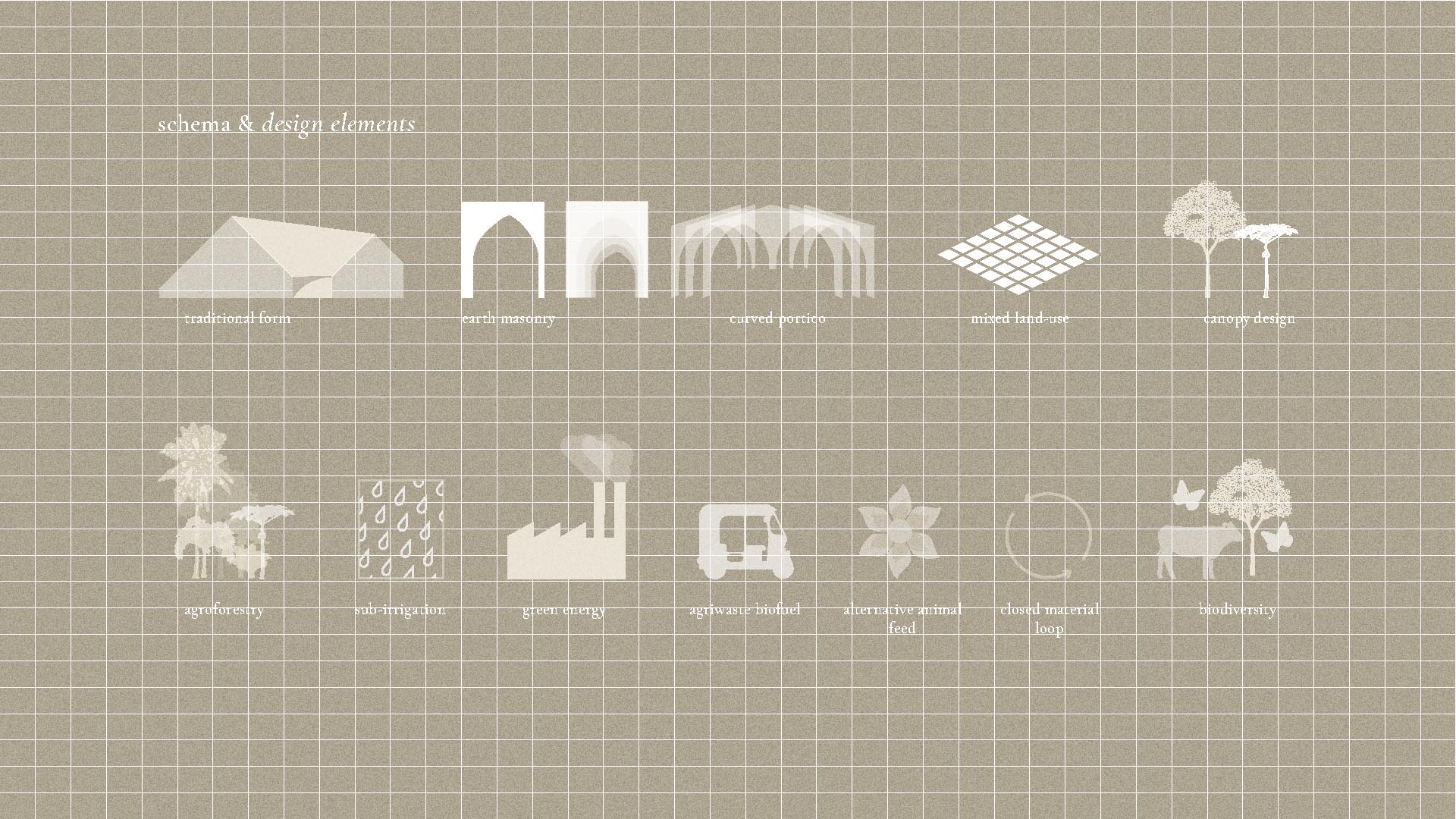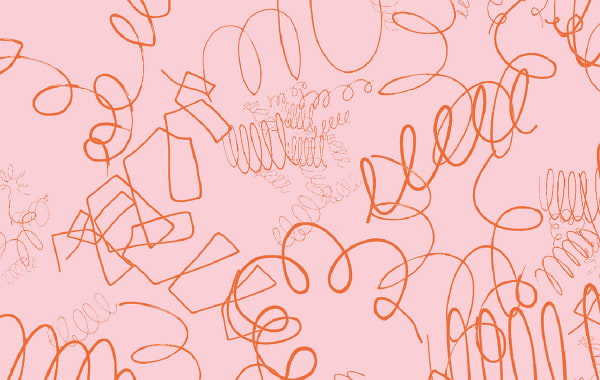The Maison/0 Green Trail celebrates innovative responses to the climate and biodiversity emergencies by our graduating students. This year is no exception with five winners spanning from transformational garments to production methods that scale textile dyeing with bacteria and spatial design that supports reforestation.
The Green Trail spans the College's disciplines and courses, bringing together work that responds to the climate and biodiversity emergencies. From a list of 60 nominated projects, the nigh-on impossible task was taken on by a judging panel: Carole Collet, Director of Maison/0, Alex Capelli, Deputy Director LVMH Environment, Victor Laroussinie-Passaret, LVMH Biodiversity Manager, Rachel Dickson, Dean of Academic Programmes at Central Saint Martins, Millie de la Valette, Talent Acquisition Manager at Louis Vuitton, Manuela Brini Director of Creative Talent Acquisition and Development at LVMH Fashion Group,Tamsin Blanchard, Editor of Hole & Corner and Caroline Broadhead, Professor Emerita Central Saint Martins.
-
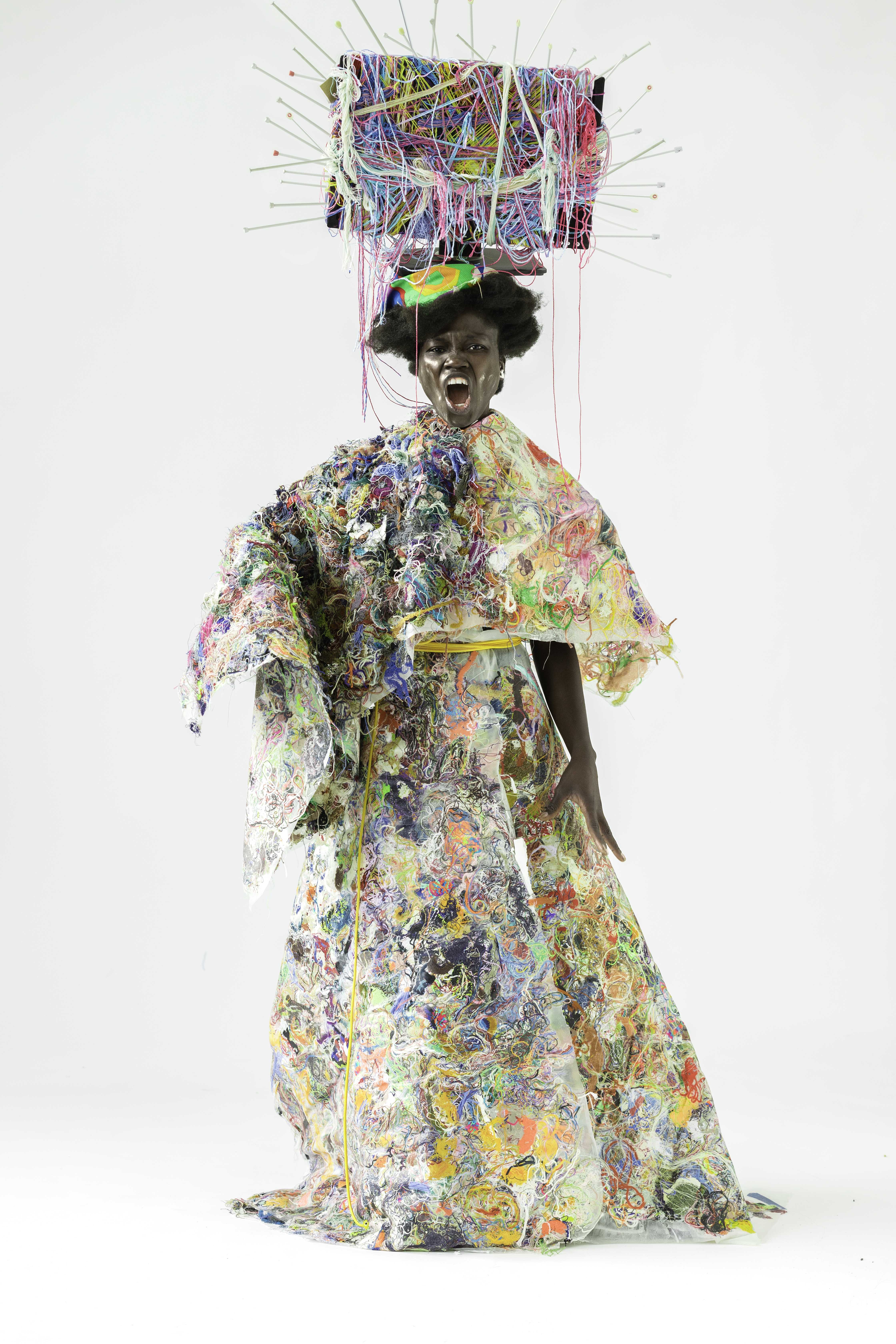
Aramatou Toure, BA Textile Design
-
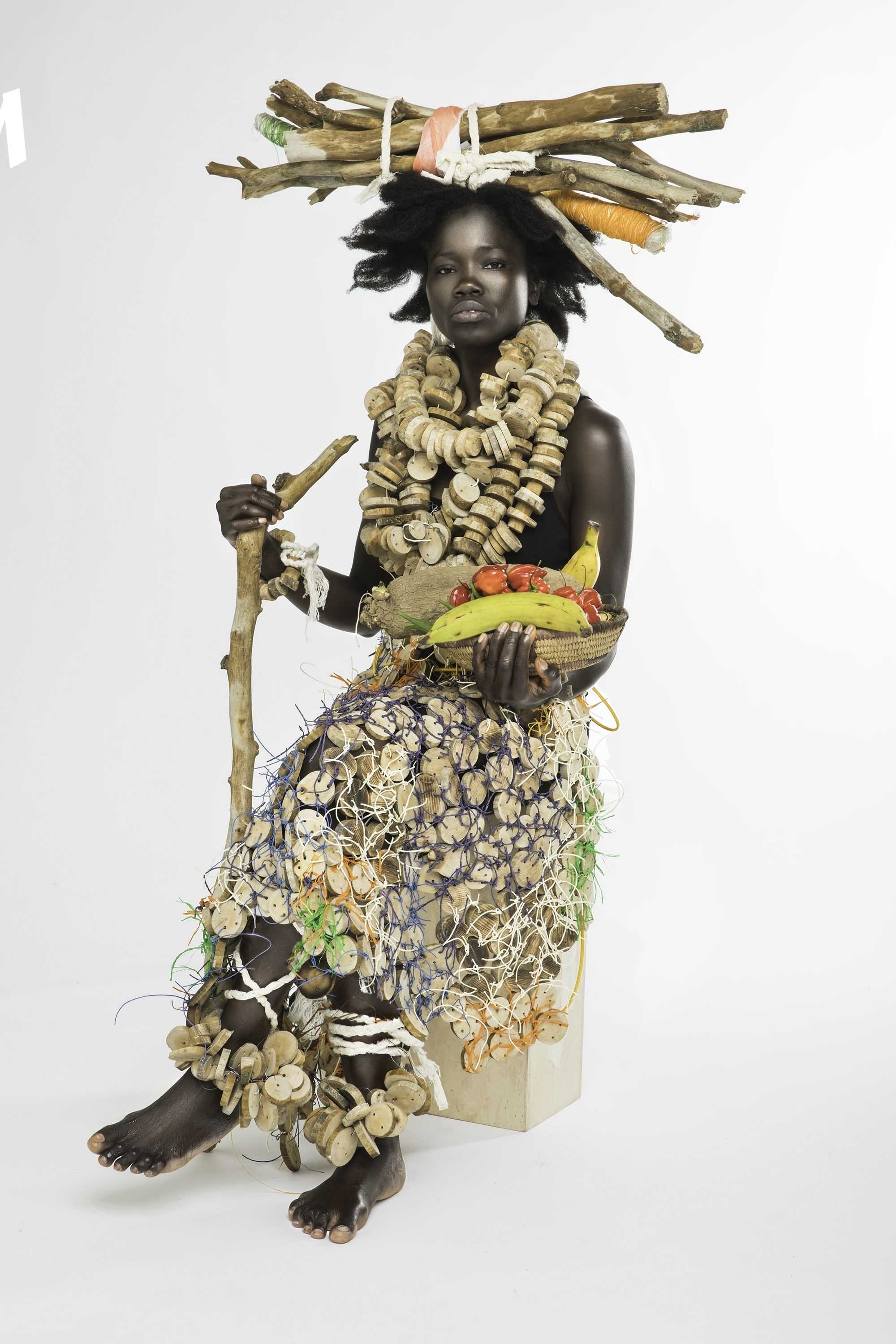
Aramatou Toure, BA Textile Design
Aramatou Toure, BA Textile Design
"My theme is ‘Gratitude’. It expresses my appreciation for the community around me and those who have supported me. I am inspired by nature and waste, so re-purposing discarded materials and objects is always central to my work. I collect objects and people also collect materials for me. These take on new life and are meaningful to me. I use them to express emotions through my work.
The aim of my project was to repurpose, recycle and reuse materials to create performance pieces which have multiple functions. The work is for a fashion performance and installation. The performance pieces are integrated with song and poetry. A priority for me was to give to the community and to find a way to uplift. The other aspect of my project is to highlight the value of nature and enormous waste within society. My project is based on found objects and waste materials. I set as a task for myself not to buy any materials or objects. As a society we have become wasteful and disrespectful of nature. We are in a drastic situation of the climate emergency and need to take urgent action to stop the destruction of the planet."
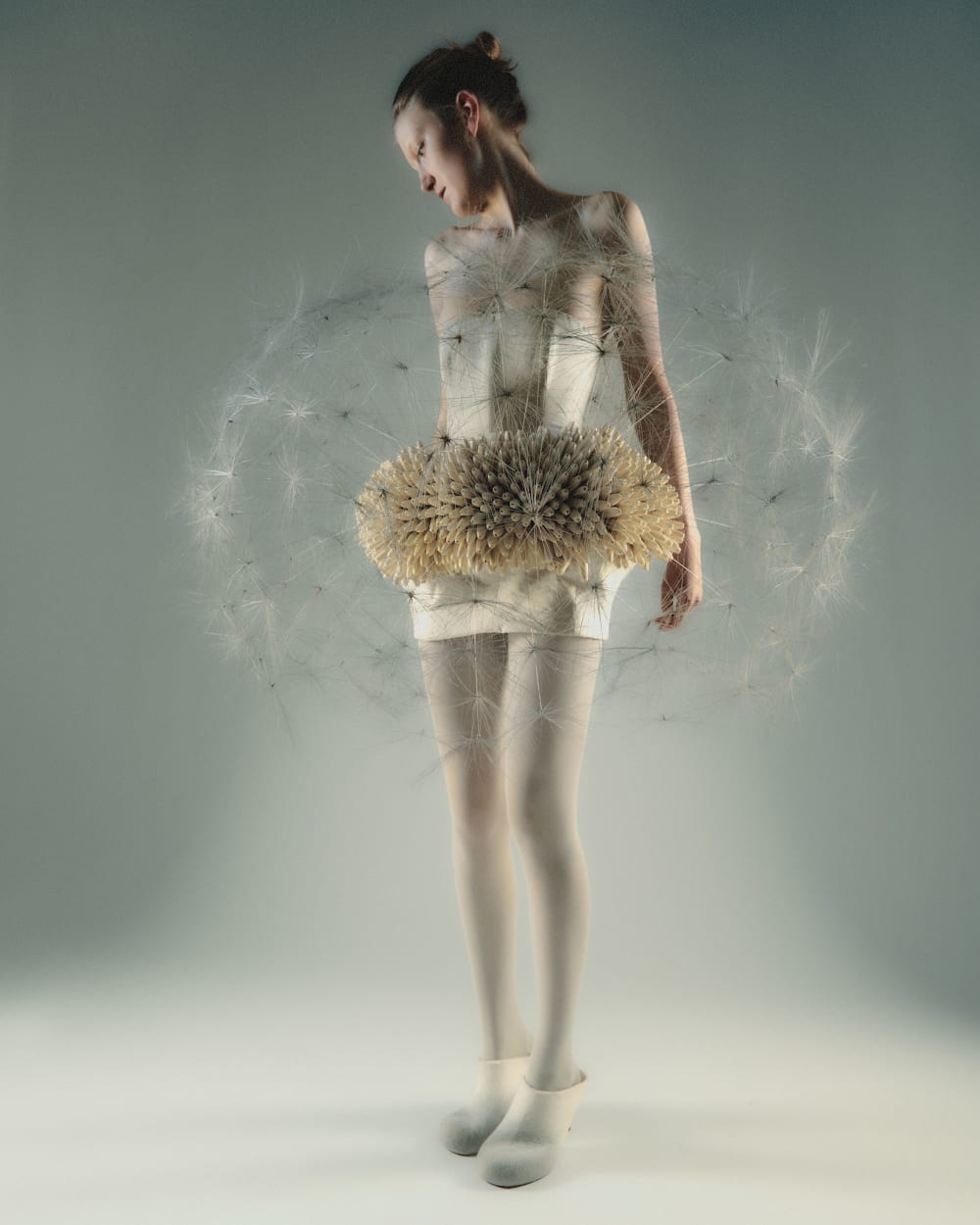
Inga Praskeviciute, BA Fashion: Fashion Design Womenswear
"My graduation collection is guided by importance of responsibility. Inspired by Milan Kundeira's quote:
The heavier the burden, the closer our lives come to the earth, the more real and truthful they become. Conversely, the absolute absence of burden causes man to be lighter than air, to soar into heights, take leave of the earth and his earthly being, and become only half real, his movements as free as they are insignificant. What then shall we choose? Weight or lightness?
I've been taught responsibility by actions of my mother, who single-handedly raised four children and my sisters who later on have taken care of her. My mother's clothes became archetypes, that I then played with by using personally developed techniques exploring lightness and heaviness. I translated these philosophical ideas into the garments through idioms, such as 'light as a feather' or 'carry weight on one's shoulders'."
-
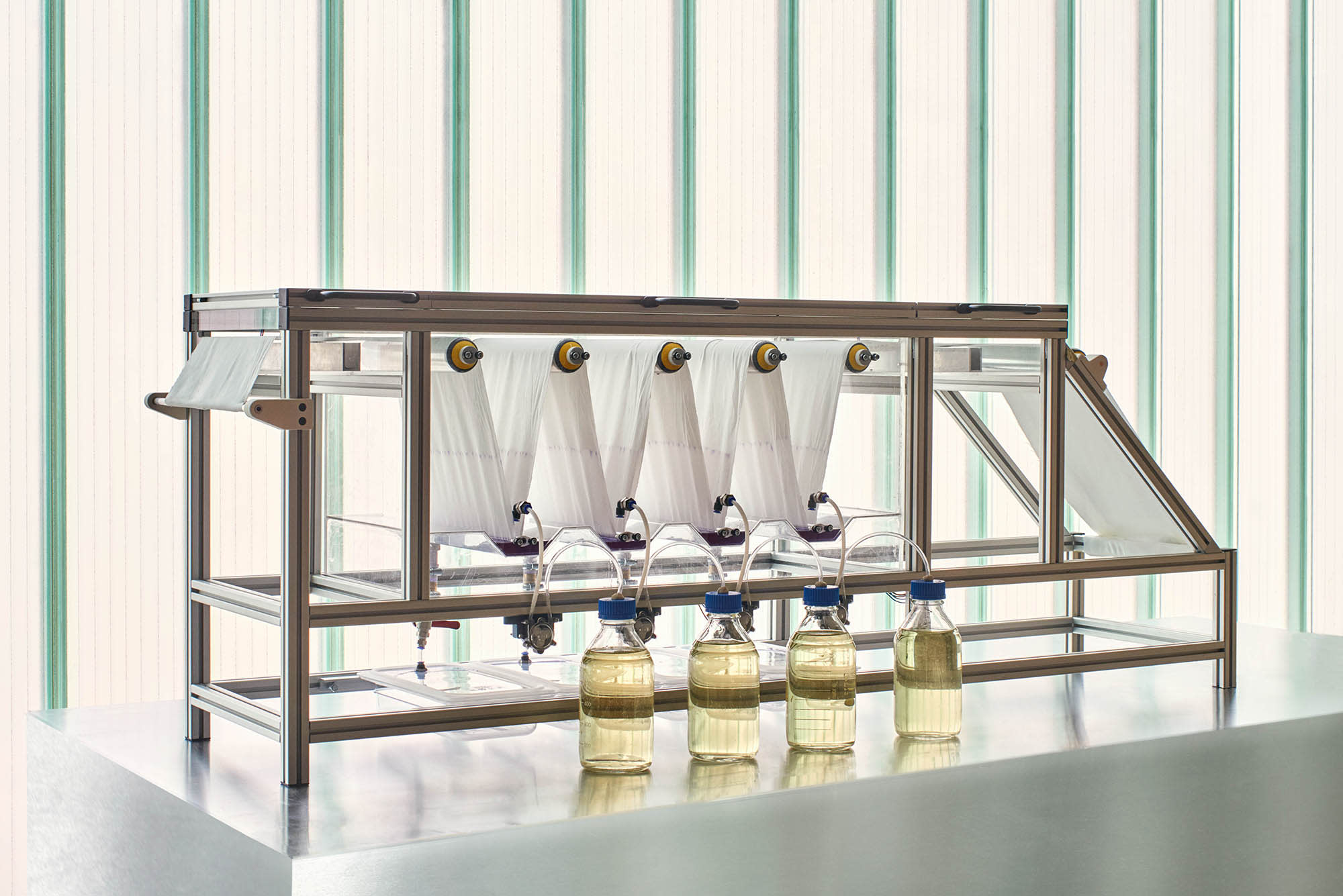
Charlotte Werth, MA Material Futures (Photo: Tom Mannion)
-
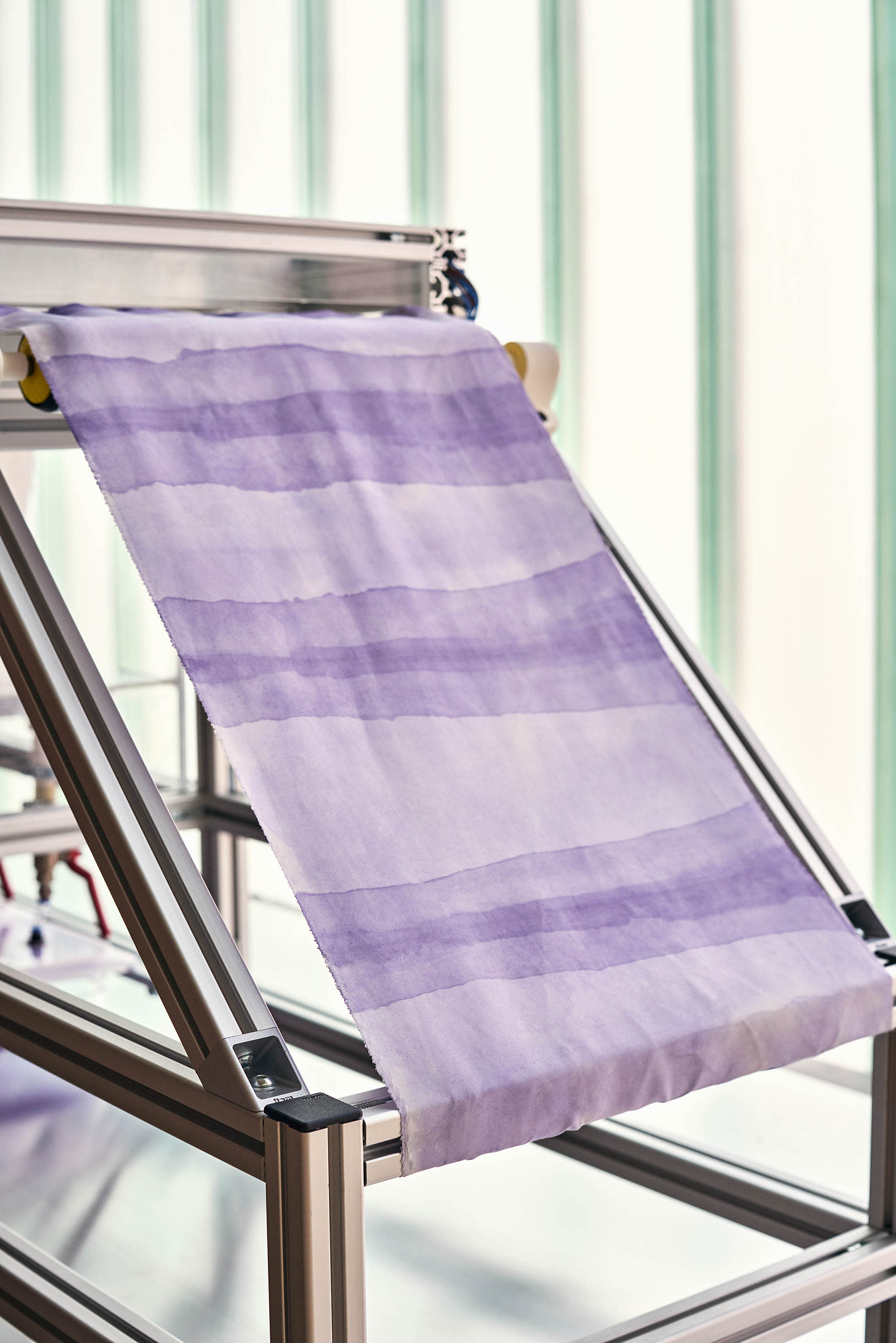
Charlotte Werth, MA Material Futures (Photo: Tom Mannion)
Charlotte Werth, MA Material Futures
Moving Pigment scales up and automates the process of co-designing textile patterns with pigment-producing bacteria. Showing us the incredible beauty of this parallel microscopic world that is usually hidden from sight.
The high degree of uniformity demanded in the context of mass production and consumer capitalism has led to extensive usage of petrochemical dyes. These have disastrous impacts on ecosystems through the pollution of water courses and landscapes. In contrast, bacteria dye has many environmentally friendly advantages. Placing this method within the industry’s context is necessary to provide an alternative to the destructive status quo.
Through centring living organisms as an integral part of a production process, the outcome can be explicitly designed but never foreseen precisely. Moving Pigment reproduces this predictably unpredictable practice on a larger scale.
Challenging the established separation of human and non-human species creates meaningful innovation. Designing with and not against nature necessitates alternative practices and new instruments.
-
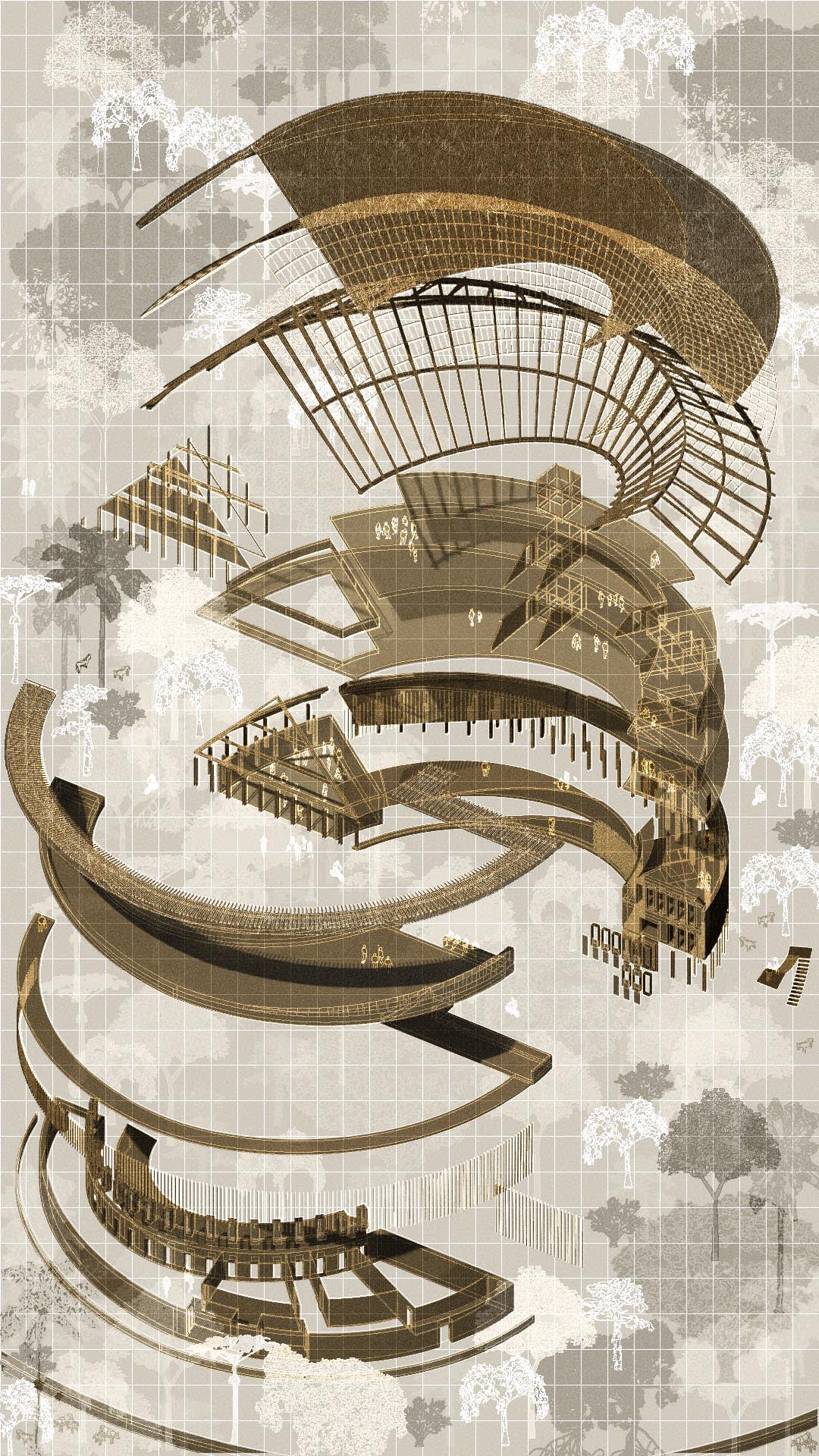
Antoinette Yetunde Oni, M ARCH: Architecture
-
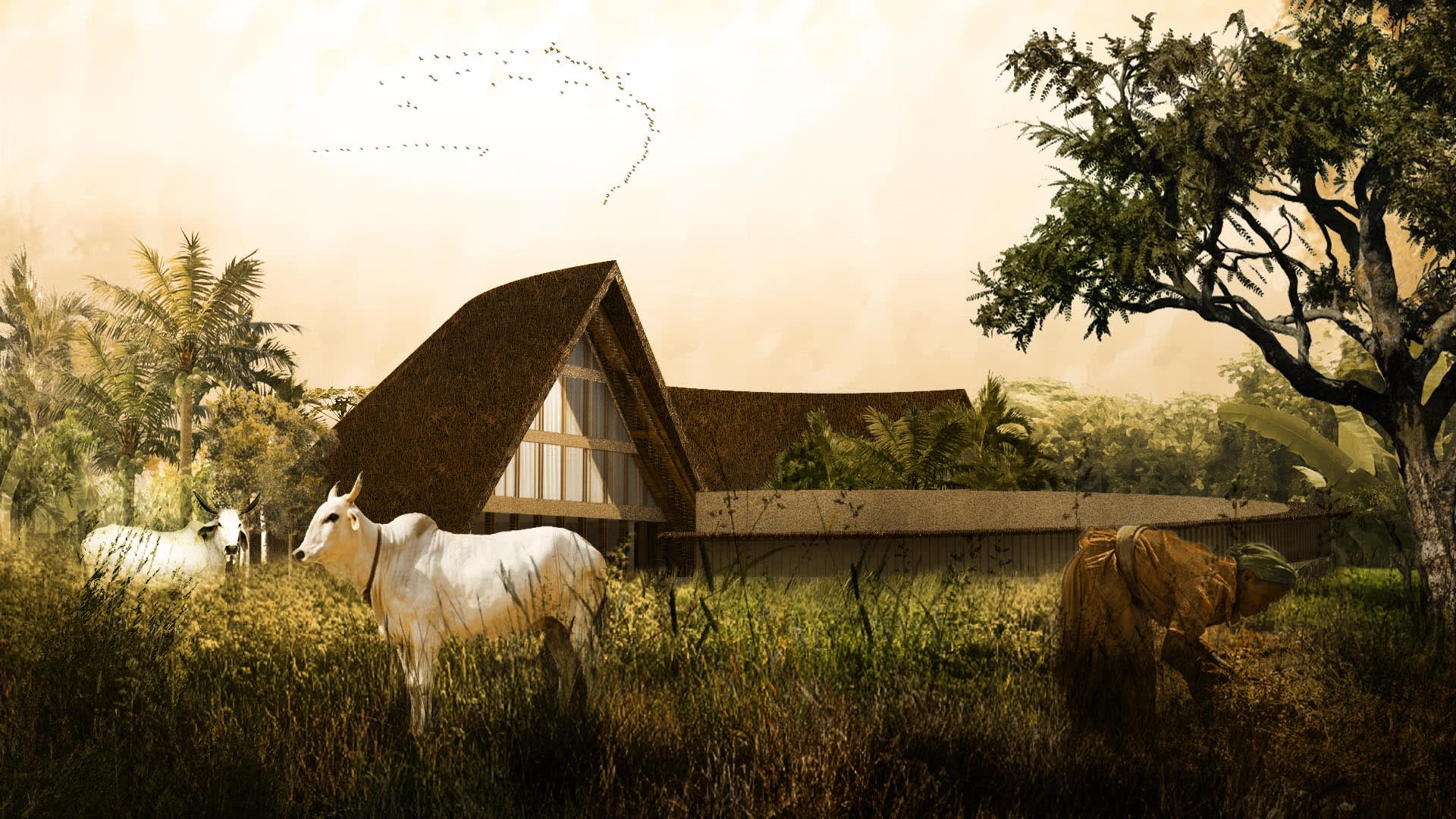
Antoinette Yetunde Oni, M ARCH: Architecture
Antoinette Oni, M ARCH: Architecture
The Honourable Harvest is an architectural and land-use design project developing a Reforestation Institute in Kaduna, Northern Nigeria. Utilising indigenous construction methods and traditional materials, the design aims to accompany the reforestation efforts in the wider Sahel Region, West Africa.
Through spatial design, resource planning and cyclical farming practices, this scheme revives climate-resilient local economies and customs that are ecologically restorative and culturally informed.
The Honourable Harvest aims to promote reciprocity, respect and reverence for the living and non-living natural world. The scheme sets a methodology, realising viable alternatives to extractive land practices for the economic and environmental [re]generation of the community.
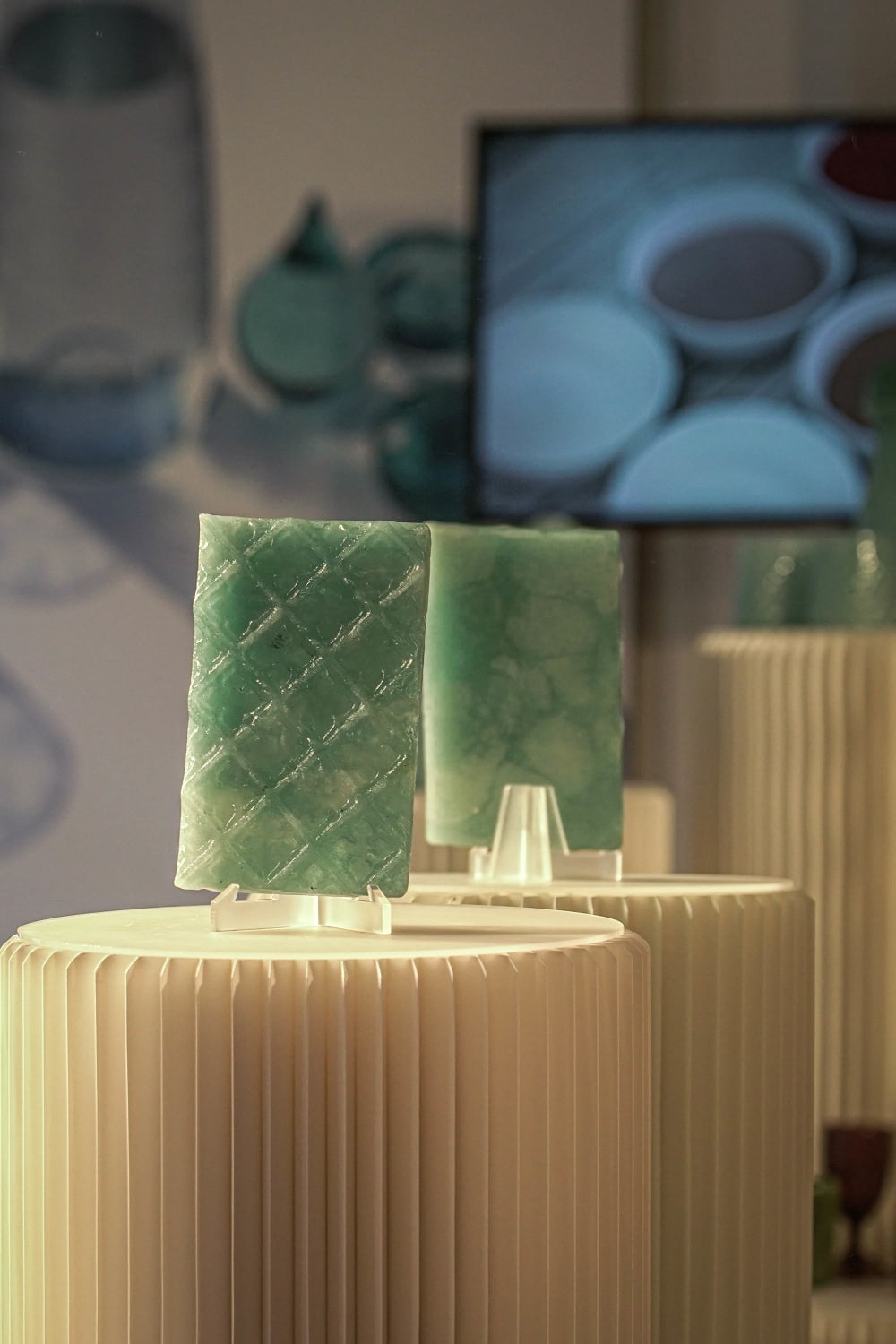
Lulu Harrison, MA Material Futures
"Inspired by ancient glass making processes, I have been creating unique batch recipes from local and waste materials sourced in and around the River Thames. These include local sands, waste shells and wood ash. In collaboration with Thames Water, I discovered a way to make use of the tonnes of invasive quagga mussels that routinely block water pipes and cost Thames Water millions of pounds to remove.
I have created the first prototypes of the Thames Glass carafe and tumbler – to promote drinking tap water rather than buying plastic bottles. I have also started working with Bureau de Change and exploring the possibilities of creating glass tiles that could be utilised in building design. The patterns of these tiles are informed by terracotta chimney pots created in the mid-19th century by Royal Doulton, who were incidentally also the manufacturers of the water pipes that improved London's sanitation system."
Congratulations also to the three highly commended graduates:
Britt van den Berg, MA Industrial Design
Renato Bras, BA Fashion: Fashion Design with Marketing
Marianne Thomas, BA Graphic Communication Design
Explore the entire shortlist on the Central Saint Martins Graduate Showcase. Maison/0 is the Central Saint Martins-LVMH creative platform for regenerative luxury. Our partnership is committed to leveraging the agency of creativity and education to help regenerate our climate and biodiversity and to empower emerging talents to design a better future.
-
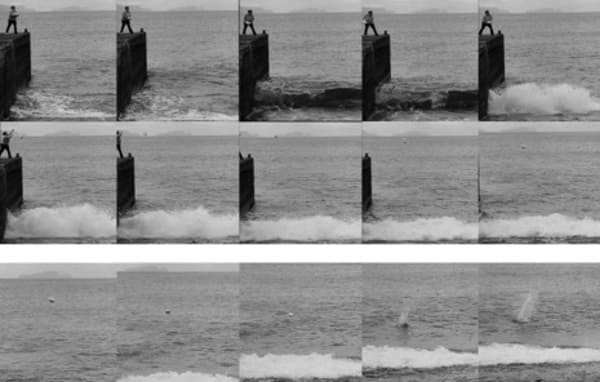
Joana Viveiros, MA Art and Science
-
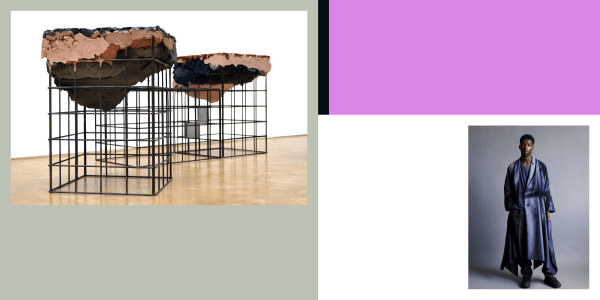
Credit: Irene Roca Moracia, MA Design (left), Jiyong Kim, BA Fashion Menswear (right)
